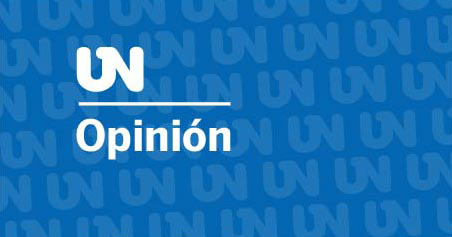the of agility It is an increasingly popular concept in the organizational world. But, why is this new approach required? Responding quickly to changes and even benefiting from it, became decisive for the survival of companies to generate and deliver value.
Strategic management consulting firm McKinsey & Company defines the organizational agility as the ability of an organization to renew, adapt, change rapidly and succeed in an ambiguous and turbulent environment that changes rapidly.
If the organization wants to engage in this transformation, it has to understand that agility is not an end in itself, but rather a means to achieve a purpose.
The real goal is to get it to generate permanent valueinteractive, incremental, scalable, focusing on the customer and on being more efficient.
It is deeper than implementing a tool or new methodologies, there must be a high engagement and conviction as a team that it is necessary to constantly modify what is done in accordance with the changing demands of the clients.
The learning curve is long and steep. means develop skills, cultures and behaviors that require a different model of leadership and a culture that fosters ownership, empowerment and customer focus.
The organizations that get the most value from implementation are the ones that are clear about what results they want to get from an agile delivery model and how to measure it. As well as adopt a multi speed focusprioritizing the areas of the company to implement first, to experiment and learn lessons before moving forward.
It is therefore essential that, as a first step, we respond why and for what I want to implement agilityWhat do we want to improve? Ask ourselves as a team what are those pain points that are resolved with agility.
then it is required train everyone involved and then yes, take action.
Given that the great challenge of this transformation lies in a great cultural changeWhat is the role of the human resources manager? We must understand that we have a dual role in this process. On the one hand, promote and work on the new mentality required and, in turn, be an example of this change in our own area from being and from doing.
The great responsibility is given by the demonstration. There is no way to make a shift to agility without an HR consultant involved.
a correct emotion management manages to minimize the experience of imaginary threats, of a transformation that questions and mobilizes from the structures, processes, decisions, management and the people.
As well as the address and management they must answer why and for what to apply agility, our human resources team must question what kind of behaviors and leadership models we need in order to apply and advance in agility.
We will look for people who rethink the way we do things, with digital skills, people who transform and have a continuous learning mindset.
The leader must try to awaken in his team these motivations that the American author Daniel Pink calls intrinsic to relate more directly. generate collaboration spaceslistening skills, curiosity, passion and transparency.
Precisely one of the main precepts of the “agile manifesto” is to value people and their interaction, above processes and tools.
When we started working on this with the managers, we found ourselves, as a first challenge, aligning the middle managers and really adding value.
in this philosophy it is vital to identify and eliminate activities not valued by customers or end users. This systematic analysis of processes to reduce waste, variability and inflexibility improves performance and customer and employee satisfaction. In this way, by freeing themselves from tasks that do not generate value, people can focus more on what really matters to customers.
In a world where culture determines the success of the strategybuilding the right culture will make a difference.
A targeted approach, sequential implementation, and investment in culture are keys to successful, agile organizational transformation.
Association of Uruguayan Professionals in Human Management.







